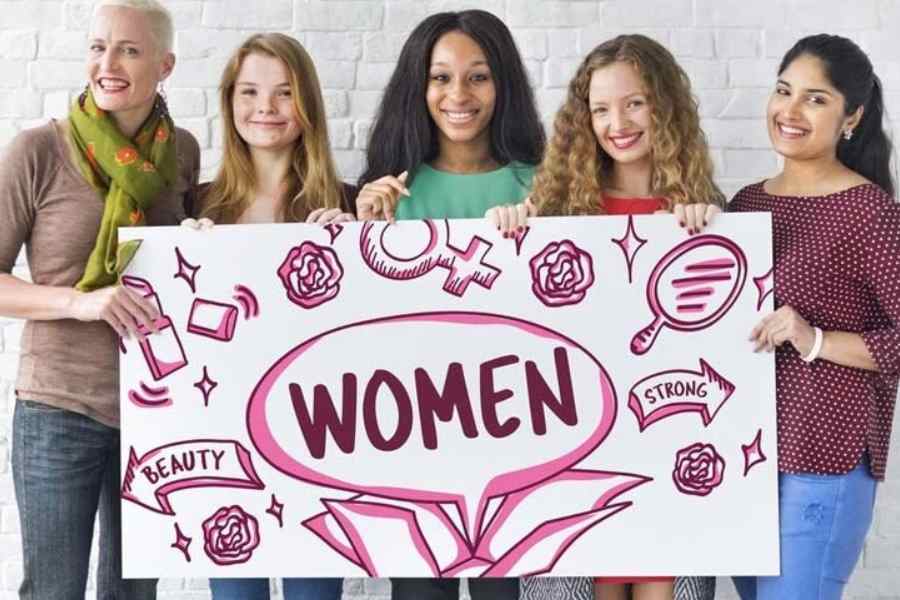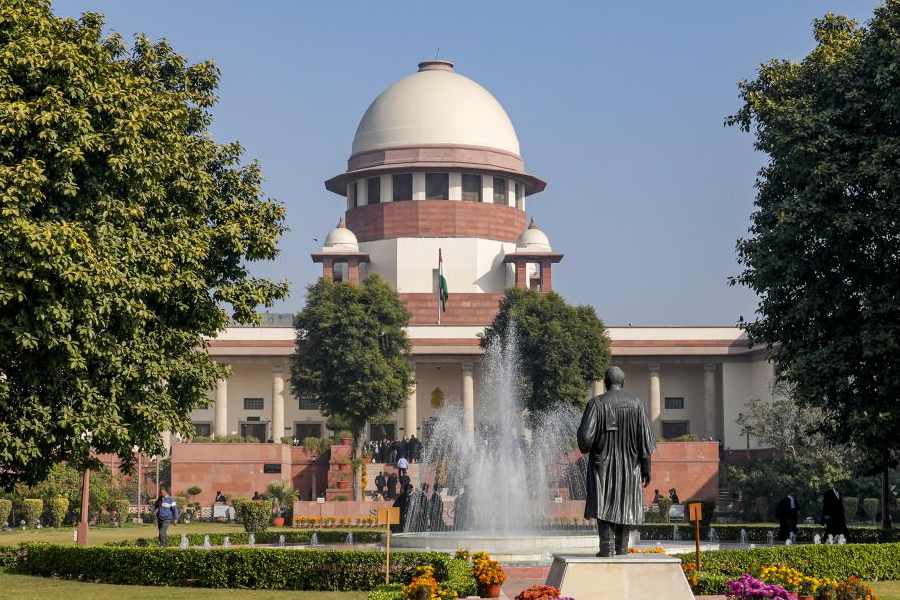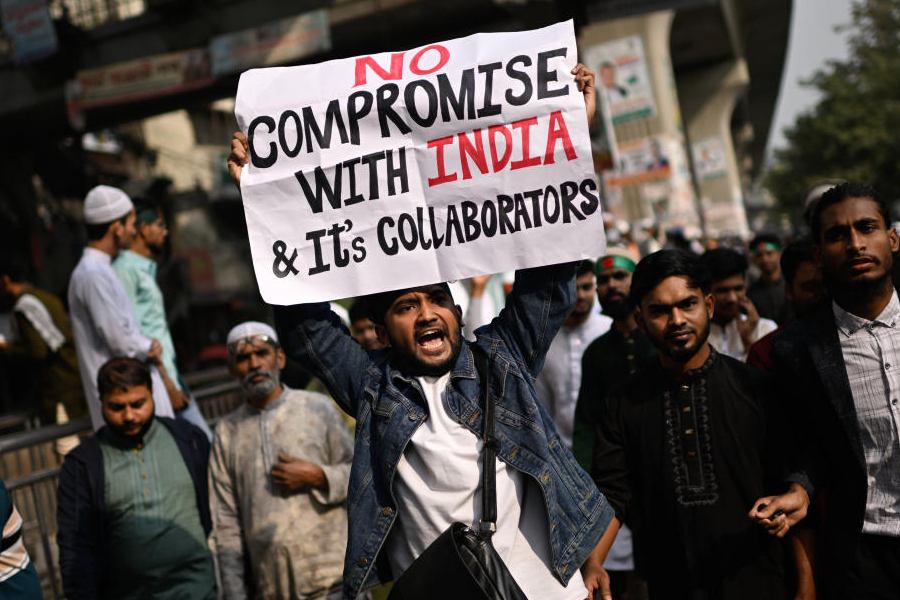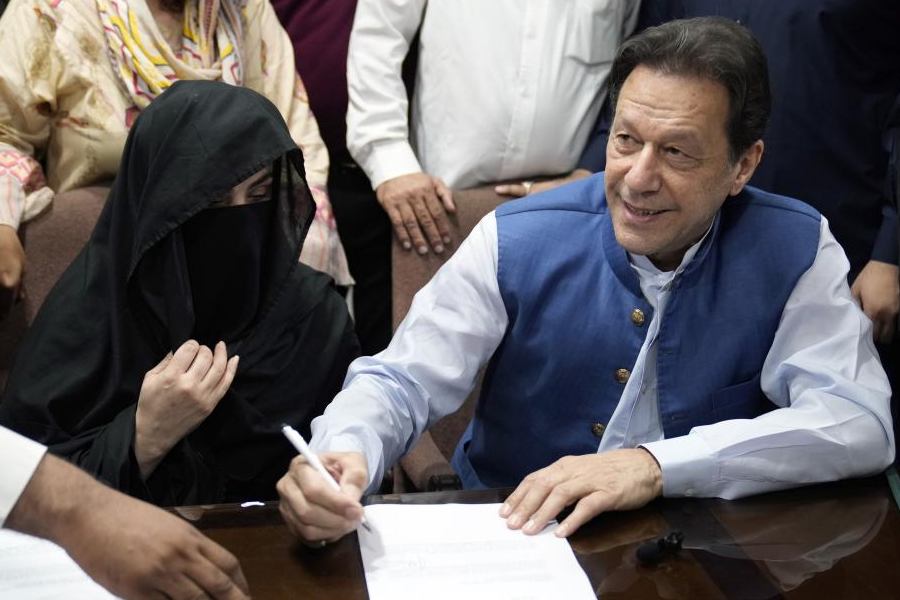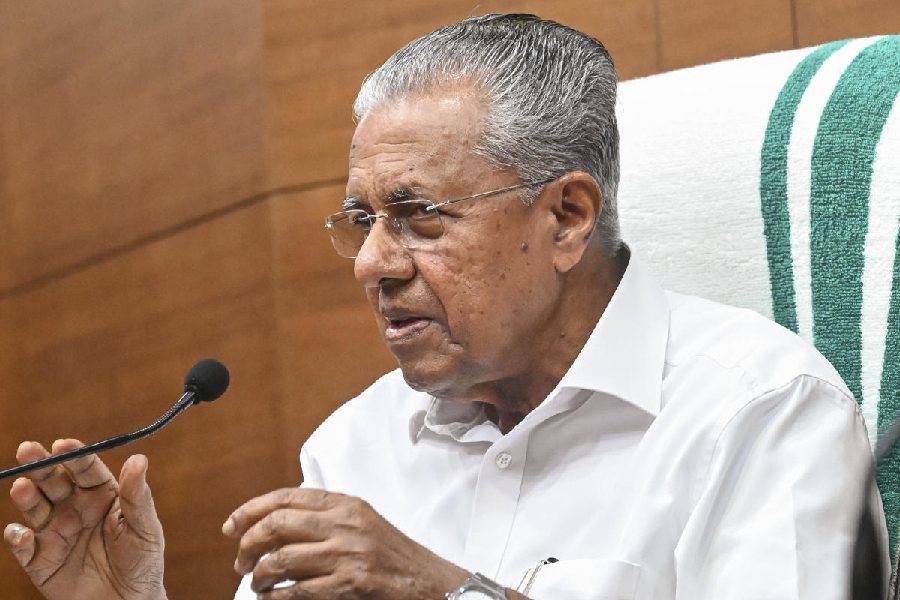The pious celebrations on International Women’s Day recently cannot conceal the stark reality bared by a new United Nations report. It found that nearly a quarter of governments worldwide reported a backlash against women’s rights in 2024, marking a troubling reversal of the progress made on this front. The report also highlighted that the weakening of democratic institutions has gone hand in hand with the erosions in gender equality. One way in which this has happened is through the removal of gender equality instruments and the squeezes on funding for women’s groups. For example, fund cuts by Donald Trump will deny 11.7 million American women contraceptive care in the first few months of his presidency. Another link between the backsliding of democracy and women’s rights pertains to the reduced representation of women in legislative institutions. In India, the passage of the Women’s Reservation Act, 2023 notwithstanding, only 13.6% of legislators in the Lok Sabha are women. Political representation and the participation of women in political decision-making are key elements for defending their rights. What is needed is a gendered conceptualisation of democracy as, at present, the implications of democratic backsliding for the rights of women gets little attention. In nations that witnessed the weakening of democracy, the State has been instrumental in endorsing projects that enforce patriarchal and heteronormative norms that are inimical to women’s reproductive rights and strongly opposed to the rights of sexual minorities.
The going, in fact, is set to get worse, with newer threats on the horizon. Climate change is perhaps the most significant among these. Reports show that when climate disasters strike, women’s survival and health are more likely to be impeded due to long-standing gender inequalities that impair their access to relief. Another emerging spectre is Artificial Intelligence. AI technologies — created by overwhelmingly male teams — have begun to mirror the embedded prejudices of society; AI-powered solutions thus have strong gender implications. Unveiling a roadmap to address gender inequality by fostering equitable access to new technologies like AI, the implementation of measures towards climate justice, investments to combat poverty, an increase in women’s participation in public affairs and continuing the battle against gendered violence would perhaps have been better ways of marking International Women’s Day.

